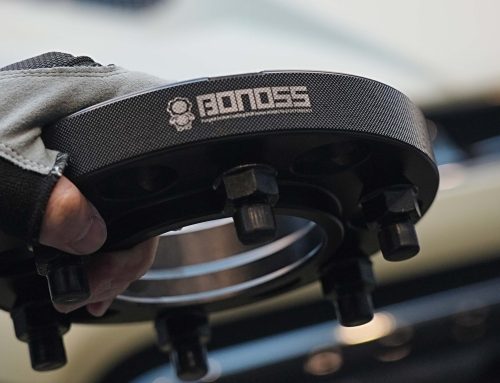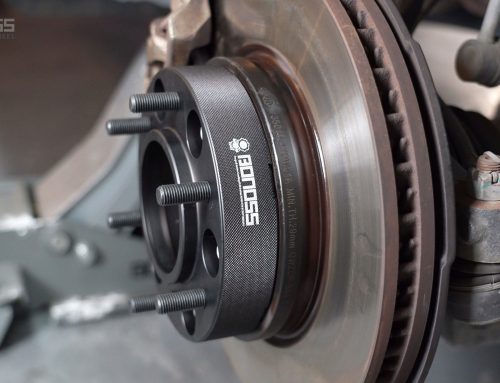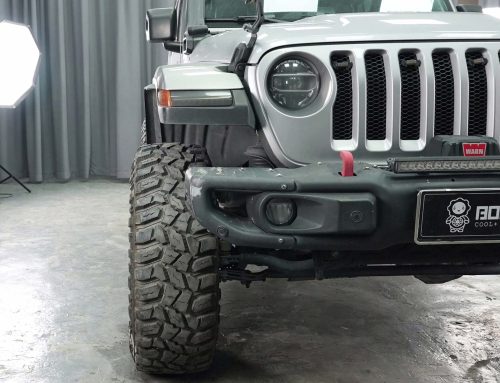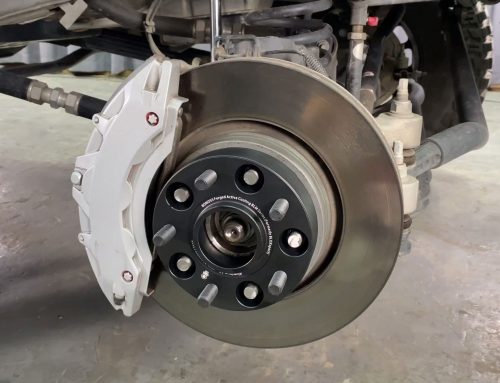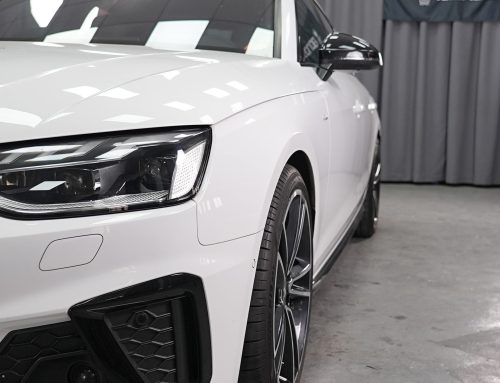It usually takes less than an hour to install wheel spacers on your vehicle, but remember, there are still a few things to do before driving your car away. To make the driving as pleasant as possible, you need to check whether there is a tire rubbing. After installing wheel spacers, park the car on flat ground, rotate the steering wheel to one extreme position, and inspect the wheel well of the tire that’s outside.
If there is a rubbing, you will notice clear signs on the internal fender and the liner. Repeat the same process for the other wheels. There can be many reasons why your tires are bumping with the wheel arches like wrong wheel offset, or new aftermarket suspension components. Adjust those parts to eliminate the rubbing issue. But if this doesn’t work, changing to thinner wheel spacers will be a solution.
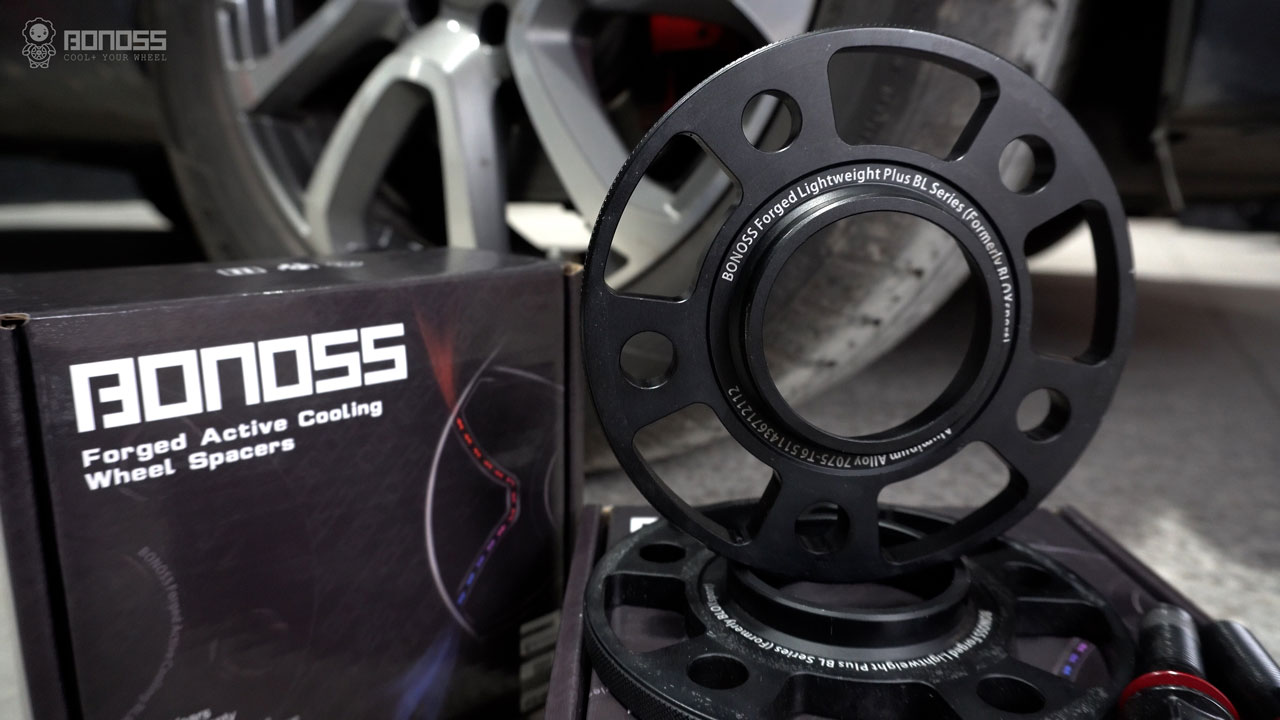
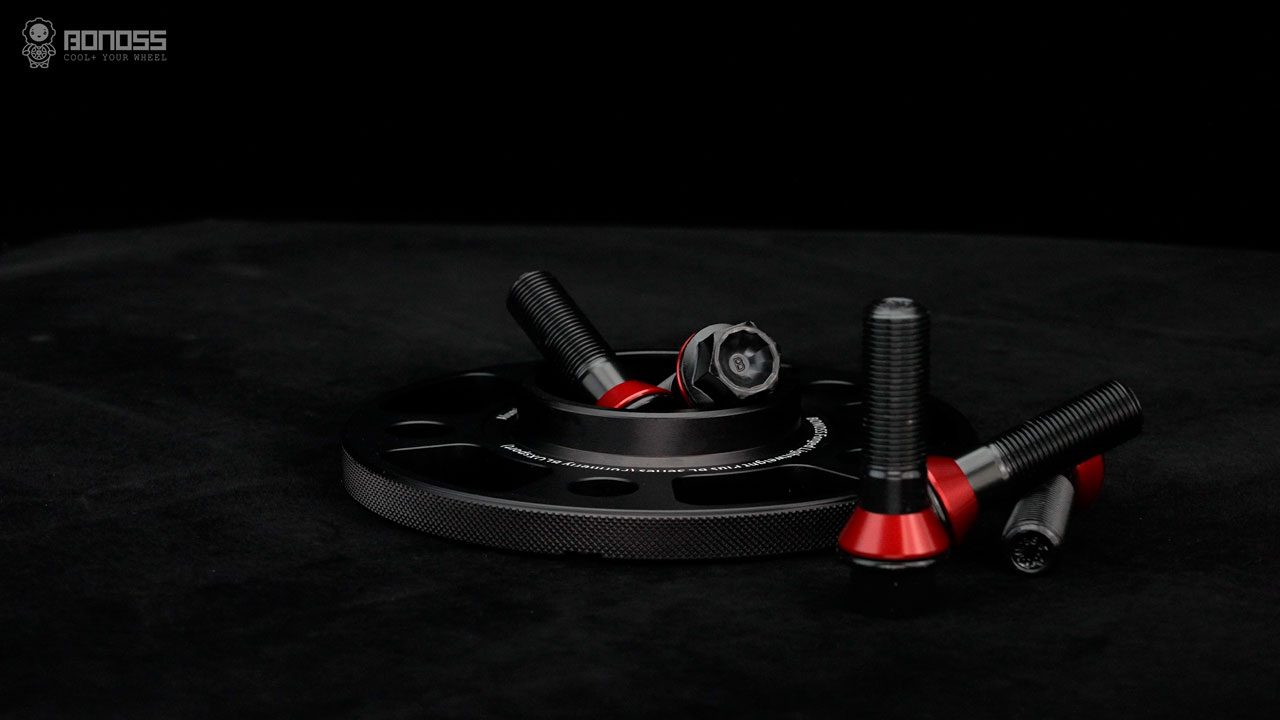
Re-torque Each Lug of the Wheel Spacers
After installing new wheel spacers, you should re-torque your lug hardware after the first 50 to 100 miles of driving. This is necessary for road safety. Because as the wheels are breaking in, they may compress slightly allowing their lugs to lose some of the torque. Simply apply the same torque specification. Twist the bottom knob until you screw the handle to the appropriate torque, you can feel a click around the head of the wrench.
The correct torque value could be found in your owner’s manual but in most cases, your wheel spacer installer will have a recommended torque specification. If you cannot find the vehicle manufacturer’s recommended torque spec, you can use the following as a guide:
- M12: 110 – 130NM, Reference 113NM (83.3 Ft-tb). Steel wheels and aluminum wheels are the same.
- M14: 180 – 201NM, Reference 181NM (133.5 Ft-tb) for steel wheels and 140NM (103.5 Ft-tb) for aluminum wheels.
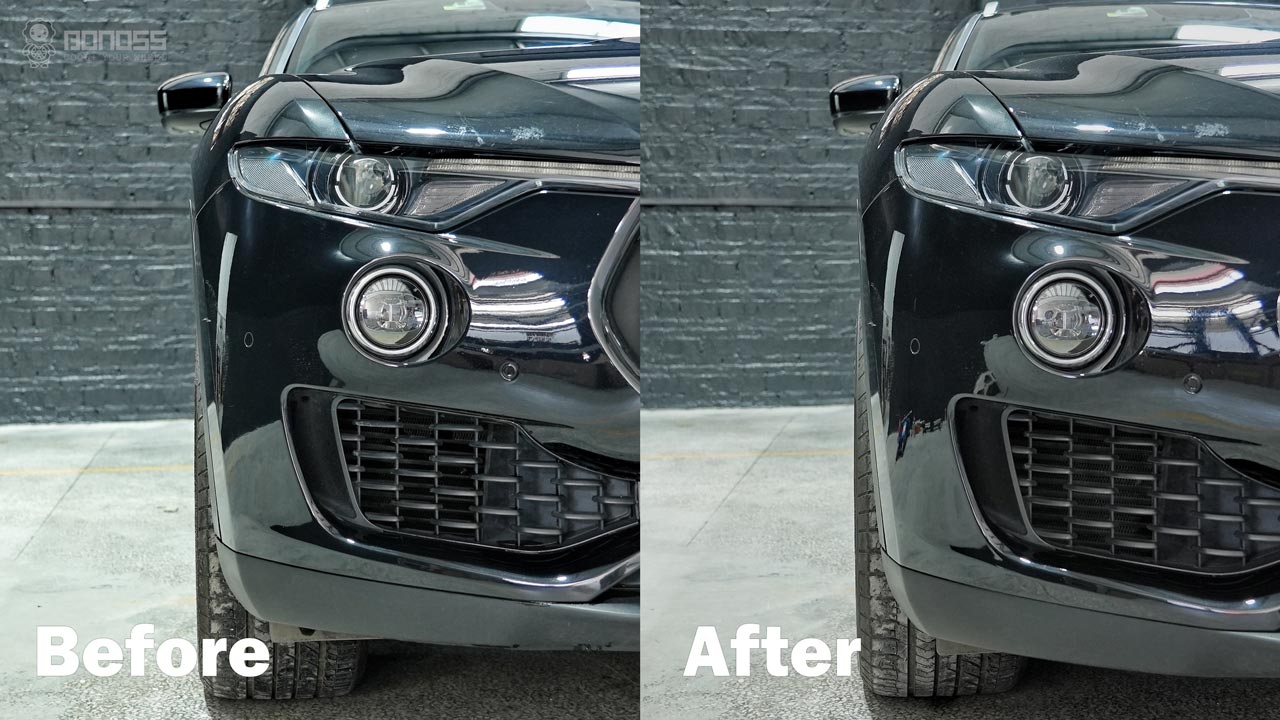
Check If There Is A Vibration After Wheel Spacers Installation
Generally, quality wheel spacers won’t cause any shaking or vibration. If you were previously able to operate at 90 MPH with no vibration, you don’t need to worry about vibration issues. Once you get up to that speed and feel shaking obviously, there are lots of possible reasons like replacing the shock absorbers, upgrading to new wheels, and using inappropriate spacers. If you have replaced the wheels, then consider doing a wheel alignment first.
After excluding other reasons, you may inspect the wheel spacers. Always make sure they are hub-centric spacers. Because hub-centric wheel spacers provide a stable and firm wheel connection. If you are using lug-centric spacers, there is a high chance of vibration. But sometimes, even if they are hub-centric, the middle center height may not fit your vehicle hub. In this case, it is recommended to measure the hub height.

